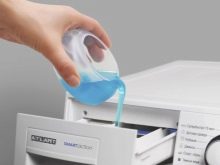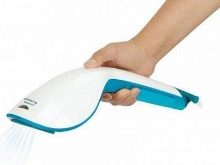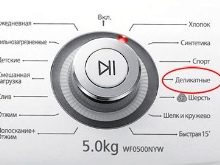What is fukra and what is sewn from fabric?
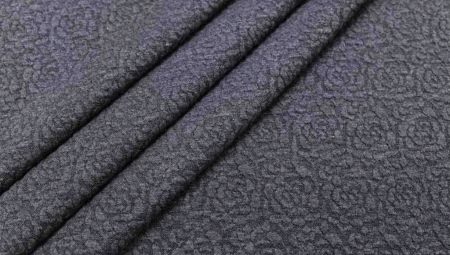
Fukra is one of the new products that quickly gained popularity among fashionistas. The unusual appearance of the fabric will certainly appeal to those who love laconic and at the same time beautiful things.
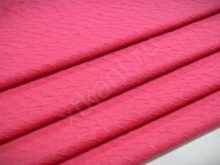

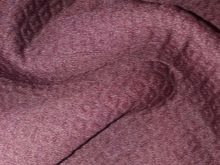
What it is?
Fukra fabric is somewhat reminiscent of jacquard. Its texture is voluminous, quite dense. One side of the material has a matte sheen, the other is glossy. In this case, both the first and the second are facial. The material itself was originally made from polyester, but more recently, manufacturers have begun to add other types of fibers to it. So, popular options are cotton, linen, viscose. Sometimes it is mixed all together to enhance the quality of the fabric.
In general, fukra is not just one material, but a whole group of fabrics.
All of them are distinguished by their special texture and attractive appearance. Materials look wrinkled and can drape nicely into folds. Depending on the composition, prices for fabrics also change. Weaving of all types of fukra is smooth. Drawings can be monochromatic, one-colored, embossed. Weaving is usually plain or twill, but sometimes a satin version is also used.
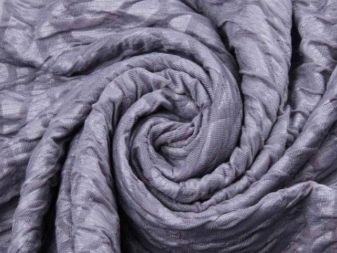

Basic properties
It is appropriate to continue the description of fukra with the characteristics of this material. Like other types of fabrics, this one has positive and negative characteristics. Let's start with the first ones.
- The original look. Regardless of the type of forage, it will look impressive. Bulky fabric awakens the imagination of craftsmen, allowing them to sew a variety of clothing options.
- Strength. Clothes made from this material will be successfully worn for years. The fabric receives such characteristics due to the introduction of metal threads into the composition.
- No deformation. With proper care, fukra products do not change their original appearance. This is especially true for costume fabric options.
- Easy care. Clothes lend themselves well to washing and drying, and also the foil does not wrinkle. This saves housewives from additional ironing.
- Low prices. It is worth noting that fukra is not an expensive fabric, but only if we are not talking about 100% polyester. Then the thing is sold at a high cost.

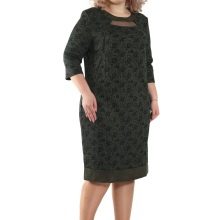

If we talk about the cons of fukra, then you need to take into account some of the nuances.
- Poor hygroscopicity. If you sweat it won't be easy. The fabric is almost impervious to moisture, causing discomfort to the wearer. The same situation can be traced with the air throughput.
- Static accumulation. Fukra is excellently electrified. So don't be surprised if you grab onto something metallic and get a light hit.
When choosing a material, you always want to know whether it stretches or not. This is especially interesting for overweight people, because the degree of tissue extensibility is very important for them. Synthetic fur cape stretches well, especially its knitted version. But taffeta and satin, which are often used for sewing suits, have almost zero stretch.
Therefore, such things must be chosen strictly according to the figure, and not over the Internet.


Types by composition
It has already been mentioned that fukra is the name for a whole group of fabrics. Depending on the composition, different material options are distinguished.
- The most popular is polyester foil, but it is also the most expensive. Polyester is often on sale today, and things made from it are worn for years.
- Knitwear. Lightweight and pleasant cotton material. Stretches well, easy to clean, absolutely inexpensive.
- Silk fukra. The lightest fabric for summer outfits. It is worth noting that due to the inclusion of silk in the fibers, the material will not be cheap.
- Atlas-fukra. A flowing and shiny fabric, ideal for making evening suits and dresses for ladies.
Fukra-taffeta and fukra-jacquard are less common. These fabrics are made of dense fibers, so they hardly stretch. There are also options with the inclusion of wool, as well as the Turkish variety of the material.

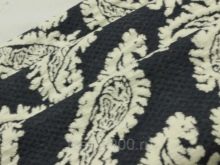
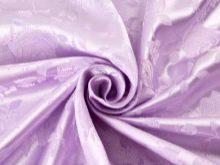
Applications
As you can see, there are quite a few varieties of fukra. Accordingly, they are used for a wide variety of clothes and not only.
- Clothes are sewn from knitted fabric in a variety of styles. These can be ladies' dresses, beautiful sweaters and capes, children's and adult sports suits. Some options are even suitable for making underwear.
- Polyester fukru is often used as a lining fabric for outerwear for winter and demi-season clothing.
- Exclusive and expensive accessories, for example, scarves, ties, can be sewn from silk fur. Such products often participate in the presentation of collections and receive awards.
- Atlas-fukra is used not only for evening dresses. It can also be used to make chic negligees and eye-catching sleepwear.
- Taffeta is used for sewing dense products. For example, it can be jackets, trousers, trouser suits for the evening or for the office.
- From fur with the addition of wool, chic winter outfits are sewn. So, shawls, cardigans, warm sweaters and dresses will become very popular. Mittens, hats and scarves from such material look great.
- Fucra-jacquard can be used to make beautiful covers for sofas and armchairs, sometimes it is even used for upholstery for upholstered furniture.
- Of many other types of fukry, spectacular curtains are sewn. Due to the ability of the material to gather in folds, such curtains or drapes will become an interesting addition to many interior trends.

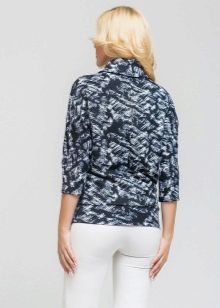
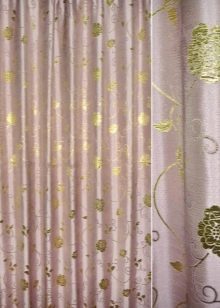
Care
Furac clothes are durable. They will serve their owners for a long time, but it is better to follow the minimum care requirements. Most of the finished garments contain labels that tell you how and at what temperature you can wash your garments. We will give general recommendations.
- Fukra clothes are always washed separately from other products. Sort them also by color. It is unacceptable to erase black and white or black and color.
- Polyester, knitwear and many other materials are machine washable. The maximum temperature will be 40 degrees. You also need to set the mode correctly. It is best to choose a delicate mode, but if it is not there, then "synthetics" will do.
- If you have a foil-silk product, then it is strictly forbidden to wash it yourself, even by hand. These models are very delicate and easily damaged. Therefore, such a thing should be taken to dry cleaning.
- Wool-containing materials are recommended to be washed by hand. Before that, you need to soak them for a while. Do not rub the products strongly. Rinse them in clean and cool water, do not wring out.
- For products that are machine washed and hand washed, select liquid and non-aggressive powders. But it is strictly forbidden to bleach things from foil, so the thing will be immediately ruined.
- Some types of forage can be pressed. For example, these include knitwear. The main thing is that the spin is not maximum. Woolen models are not wrung out, but left in the bathroom until the water drains.
- Dry things made of the described material should be laid out on a horizontal surface. A towel is placed under the bottom. It is important that the product is not placed near a battery or other heat source.
- Ironing the fukru is not recommended. If this is the case, it is better to use a steamer. But in general, things don't wrinkle.
- Store products folded or on hangers, away from the sun and heat sources.
If the composition contains wool, it is important to take care of the protection against moths.
